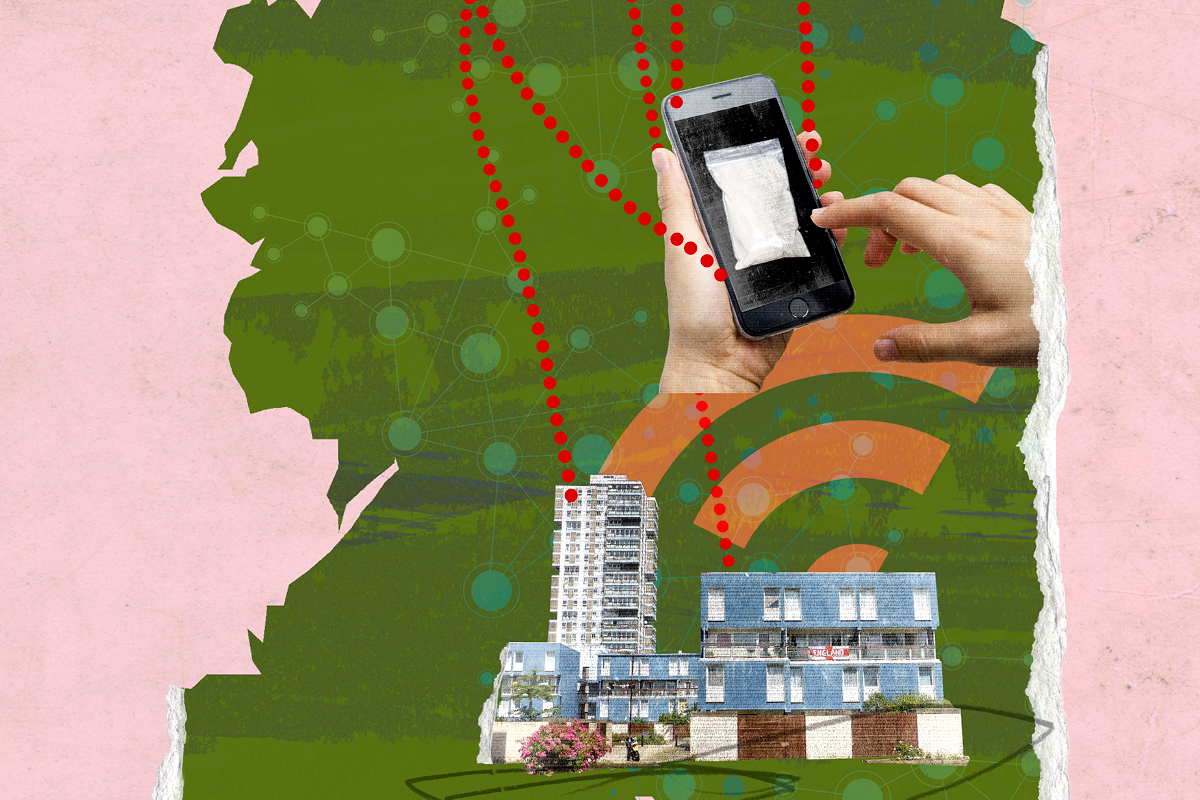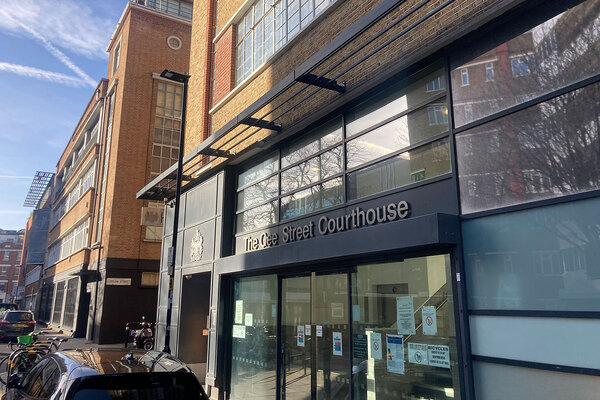You are viewing 1 of your 1 free articles

Rebecca Bryant OBE, joined Resolve in October 2018 as our Chief Executive with over 20 years’ experience of working within Community S...more
Social landlords must join a multi-agency approach to tackle county lines
County lines are having a devastating effect on towns around Britain. Rebecca Bryant discusses what the sector could do to help combat the problem
County lines crime is devastating the housing sector.
According to the National Crime Agency (NCA), there are more than 2,000 drug routes across the UK. The figure has more than doubled in the past year.
Major operations are no longer confined to cities. Dealers are now branching out to smaller boroughs, towns and even rural villages, ravaging affected communities.
In April, there were more than 500 arrests, while £312,649 in cash and 46 weapons were seized across the UK in just one week.
This rapid expansion can often erupt into violent drug wars and the exploitation of children and vulnerable people.
‘Cuckooing’, for example, is becoming particularly prevalent in small towns. It involves dealers taking over tenants’ homes to sell drugs. This has become a key strategy within the county lines market.
The potential implications for housing providers and their communities are clear, but there are ways to tackle the problem.
Criminal gangs are evolving. One of their new tactics is to identify and target areas where vulnerable people live – sometimes moving from one flat to another in the same block.
As a result, the number of home closure orders issued for anti-social behaviour and drug activity quadrupled between 2014 and last year, up from 46 across 20 UK police force areas to 186.
The sector has a significant role to play in mitigating the problem.
“While the housing sector has a responsibility to protect the communities it serves, it cannot do it alone. It must be a real team effort across all agencies”
For example, landlords and housing associations are typically the first services to know where a vulnerable person is living. These tenants must be made aware of the risks of cuckooing and what to do if they feel targeted, and be continually monitored to ensure that they do not become victims.
Reports of a sudden change in behaviour from a vulnerable tenant’s property – such as excessive noise, frequent visitors and anti-social activity – can indicate that it has already been taken over.
By taking a proactive approach to protecting potential targets, housing providers can act fast.
While the housing sector has a responsibility to protect the communities it serves, it cannot do it alone. It must be a real team effort across all agencies.
They need to work together to form successful strategies before problems escalate. This will include services in mental health, the police, local authorities and communities sharing information and setting clear areas of accountability.
A great example of this is Shropshire Towns and Rural Housing’s partnership with West Mercia Police.
Operation Whistle was an intelligence-led joint initiative targeting county lines drug dealing, including cuckooing. It included monthly reviews of 10 properties considered to be the most vulnerable to cuckooing.
Residents would be visited and asked to allow either the landlord, which manages housing stock for Shropshire Council, or police to attend the property at any time.
Residents were also asked to display a notice stating that they are at risk of eviction.
In one incident, drug paraphernalia was found outside the property and regular late-night visits were observed and reported.
After the tenants failed to respond to several warning letters, the two-year scheme led to them being evicted. Shropshire Recovery Partnership also offered help to drug abusers.
Once the closure order was given, there was a 62.5% drop in crime around the area.
It is also imperative that housing associations look at innovative ways to enforce the existing legal powers.
For example, when drug gangs in London began to infiltrate Southend-on-Sea in Essex, they used victims and young people to protect their own identities.
“County lines will not go away without a multi-agency approach, effective use of legal powers and early intervention. We need a national debate on how we address the issue”
The town was a prime target, with 15 tower blocks, two key railway stations, a university and a college. It became a popular destination for London gangs looking to sell drugs.
At any one time, an estimated 20 county lines were in operation.
In response, South Essex Homes teamed up with Southend Community Policing Team as part of Operation Raptor – a triple-track approach of prevention, intervention and enforcement.
The partnership looked to prevent tenants, particularly young people, from dealing drugs by offering engagement and diversion strategies to meet their individual needs.
Those most at risk of being involved in drug supply were issued with a community protection notice. If the notice was breached, an application for a criminal behaviour order was issued with creative use of conditions.
The team also ran an impactful publicity campaign highlighting the effects of county lines on victims and communities, and how to report suspicious activity.
Partners were trained to spot and report county lines, and an easy referral process was implemented.
Between 2014 and 2017, more than 1,400 arrests were made and over £172,000 in cash was seized.
County lines will not go away without a multi-agency approach, effective use of legal powers and early intervention. We need a national debate on how we address the issue.
That’s why county lines crime is a key theme of this year’s annual Community Safety Conference in London on 15 November, run by Resolve.
Community Safety – A National Conversation, which will also focus on knife crime and child sexual exploitation, will include talks and workshops with high-profile experts, victims and agencies from across the housing sector to share best practice and learn about how criminal gangs are evolving in communities.
Rebecca Bryant OBE, chief executive, Resolve












